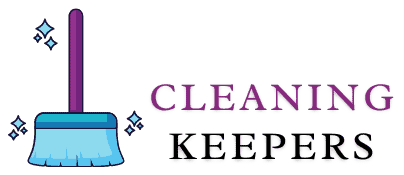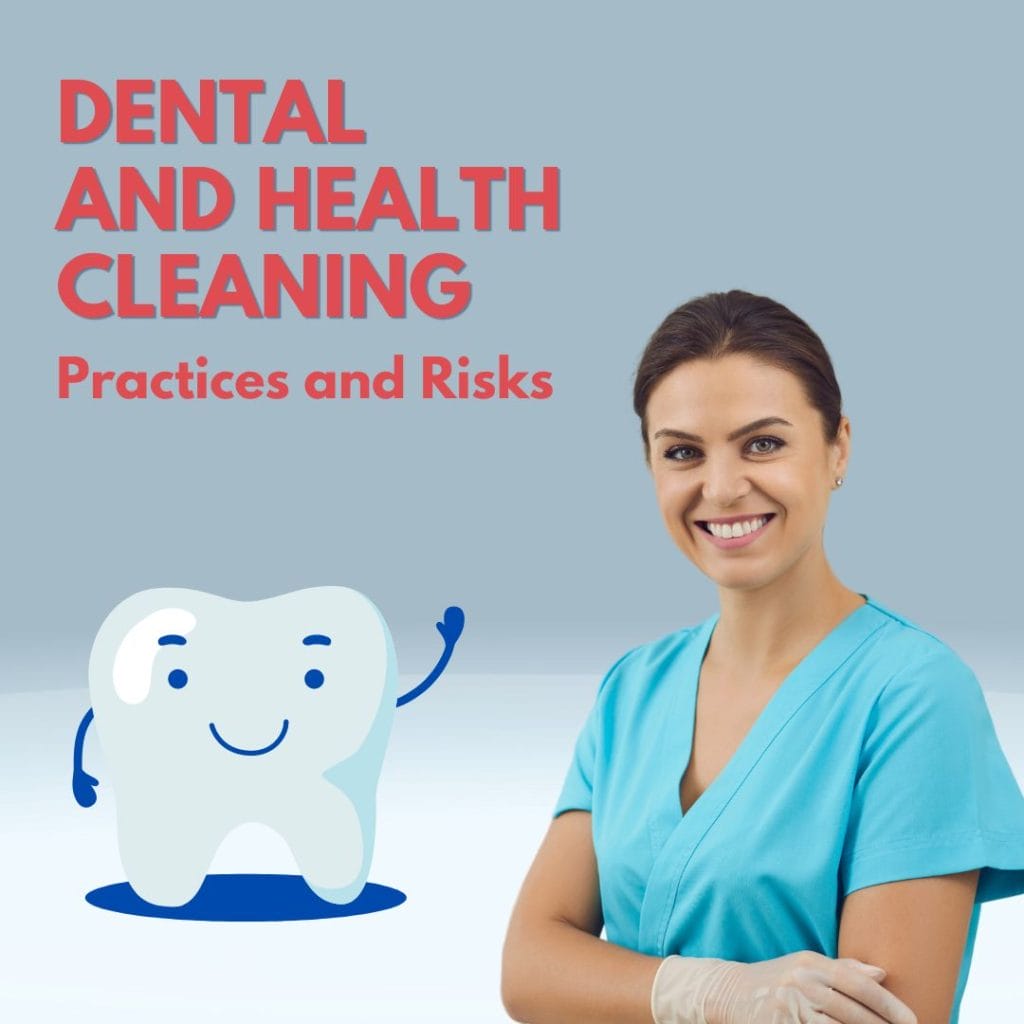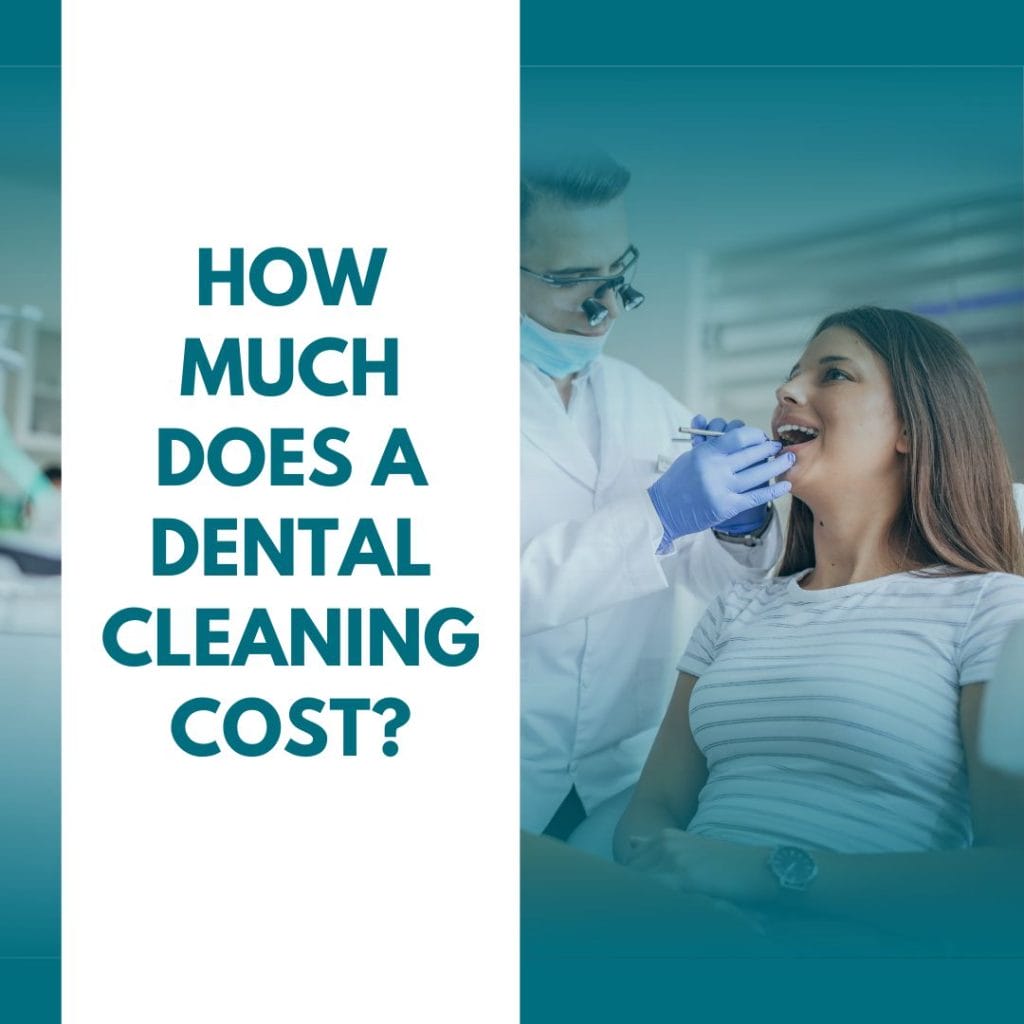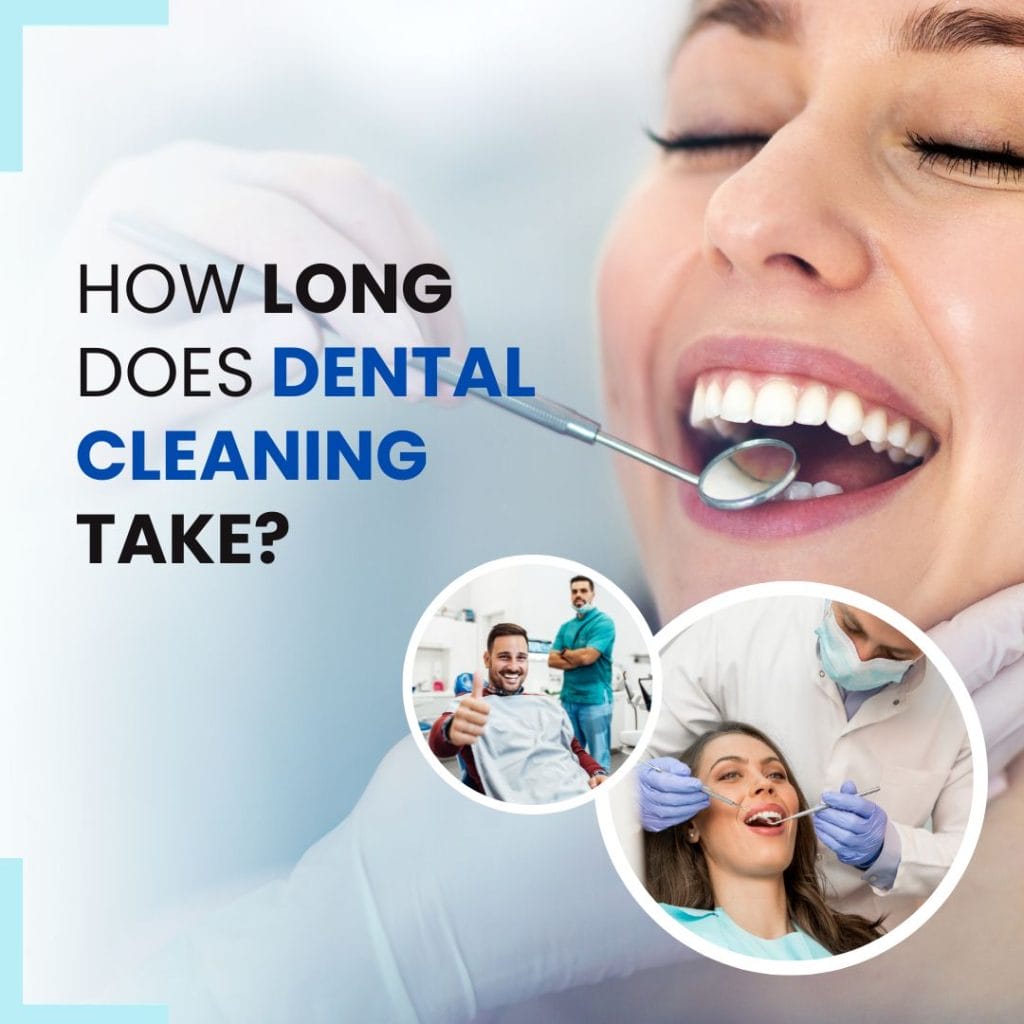Dental cleaning can sometimes be a painful experience, leading many to wonder, “Why does dental cleaning hurt so much?” Understanding the discomfort associated with this procedure is crucial for dental industry professionals, as it can directly impact client retention and satisfaction.
Common Causes of Pain During Dental Cleanings
In exploring why dental cleaning hurts so much, it’s essential to identify the common causes contributing to the discomfort experienced during these procedures. Let’s delve into the details to foster a better understanding of what’s happening in your mouth during a dental cleaning.
For patients concerned about the cost of dental cleaning, budgeting is also an important aspect.”
Role of Sensitivity in Dental Cleaning Discomfort
Sensitive teeth and gums significantly contribute to discomfort during dental cleaning. When teeth have thinning enamel or exposed roots, cold air, touch, or pressure from dental tools can trigger painful sensations. Similarly, inflamed or receding gums can become hypersensitive, leading to pain during cleaning. Communicating any tooth or gum sensitivity to your dentist is essential to ensure a more comfortable cleaning experience.
Link Between Gum Health and Inflammation Pain
Inflammation and gum disease, such as gingivitis or periodontitis, significantly contribute to dental cleaning discomfort. When gums are inflamed due to bacterial build-up, they become tender and prone to bleeding, intensifying the pain during cleaning. Proper oral hygiene can prevent these conditions and reduce discomfort during dental cleanings.
Deep Tartar Buildup
Neglecting oral hygiene often leads to deep tartar buildup, a hardened form of plaque. The removal of this tartar during dental cleaning can be a painful process, particularly if it’s located under the gum line. Hence, consistent oral care is vital in preventing tartar formation and lessening the discomfort associated with dental cleanings.
Exposed Nerve Endings
Exposed nerve endings are another factor that can exacerbate dental cleaning discomfort. When the protective layer of enamel on your teeth wears away, nerve endings within the dentin become exposed. These vulnerable nerves can react painfully to stimuli during cleaning, enhancing sensitivity and discomfort.
Anxiety and Tension
Psychological factors, particularly anxiety and tension, greatly influence perceived pain during dental cleanings. The anticipation of pain or discomfort can cause patients to tense up, heightening their pain sensitivity. This mental stress can amplify the discomfort experienced, turning a routine cleaning into a distressing event.
Impact of Poor Oral Hygiene on Dental Cleaning
Poor oral hygiene practices can significantly amplify the discomfort experienced during dental cleanings, making what should be a routine procedure a potentially painful ordeal. Let’s explore how neglecting your oral hygiene can lead to a more uncomfortable cleaning experience.
Consequence of Ignoring Regular Oral Care
Neglecting regular oral care often results in plaque build-up, which eventually hardens into tartar, especially under the gum line. The removal of this tartar during dental cleanings can be quite painful. Moreover, lack of proper oral hygiene could lead to inflammation and gum diseases such as gingivitis and periodontitis, making the gums tender and causing discomfort during cleanings. Therefore, maintaining regular oral care is crucial to ensure less painful dental cleanings.
Understanding the cost of teeth cleaning without insurance is crucial for those not covered.”
Relationship Between Dental Health and Business Success
Oral hygiene plays a pivotal role in business productivity. Persistent oral issues can lead to discomfort and pain, causing employees to lose focus, perform poorly, or even miss workdays for dental treatments. On the other hand, maintaining good oral health boosts overall well-being, fostering more engaged, happier, and, ultimately, more productive employees.
To understand more about maintaining dental health, see our dental health cleaning guide.
Techniques to Minimize Discomfort
Understanding why dental cleaning hurts so much is the first step, but knowing how to minimize this discomfort is equally important. This section delves into various techniques to help alleviate pain during dental cleanings, making the experience more bearable and less dreaded.
Regular Dental Hygiene
Regular dental hygiene is crucial in mitigating the discomfort associated with dental cleanings. Daily brushing and flossing can remove food particles and plaque, preventing tartar build-up and subsequent gum disease. Using a fluoride toothpaste can help strengthen enamel, reducing teeth sensitivity. Regularly rinsing with an antiseptic mouthwash can free your mouth from harmful bacteria. Lastly, scheduling routine dental check-ups can ensure early detection and treatment of oral health issues, making dental cleanings less painful.
After a cleaning, patients often ask how long they should wait before eating.
Professional Approaches
Dentists employ various professional approaches to ease the cleaning process. They may use numbing gels or local anesthetics to reduce sensitivity and discomfort. For patients with dental anxiety, sedation options can be provided. Additionally, ultrasonic scalers can be used for efficient and less painful tartar removal. Dentists also use gentle cleaning techniques and communicate with patients to ensure comfort.
Anxiety Management
Managing dental anxiety is key to reducing the discomfort of dental cleanings. Techniques such as deep breathing exercises, guided imagery, and progressive muscle relaxation can help alleviate anxiety. Additionally, bringing a companion, listening to soothing music, or using a stress ball can be beneficial. It’s crucial to communicate your fears to your dentist, who can adapt the procedure to make you more comfortable.
Knowing how long a dental cleaning takes can help in managing any anxiety related to the procedure.
Role of Dental Professionals in Patient Comfort
Dental professionals play a significant role in ensuring patient comfort, particularly during procedures that cause discomfort, such as dental cleanings. Their expertise, approach, and use of specific techniques can greatly reduce the pain associated with these procedures. The following section will delve into how dental professionals contribute to patient comfort during dental cleanings.
Importance of Empathy and Patient Communication
Empathy and effective patient communication are paramount in a dental setting. An empathetic approach can put anxious patients at ease, improving their overall experience. Clear communication allows dentists to thoroughly explain procedures, reducing patient anxiety around the unknown and ensuring they feel comfortable during their dental cleanings.
Advanced Techniques and Tools
Advanced techniques and tools employed by dental professionals, such as ultrasonic scalers and laser dentistry, offer a less invasive and more comfortable cleaning experience. Ultrasonic scalers facilitate efficient and painless tartar removal, while laser dentistry minimizes swelling and bleeding, ensures precision, and speeds up healing, making dental cleanings less painful.
Pet owners might also be interested in the risks associated with dog teeth cleaning.
Conclusion
Unraveling the reasons why does dental cleaning hurt so much is vital to balancing oral health and comfort. Embracing regular dental visits, maintaining good oral hygiene, and fostering open communication with dental professionals can significantly alleviate dental cleaning discomfort. Remember, oral health is a key aspect of your overall well-being; never let fear or discomfort deter you from achieving a healthy smile.











